Case study shows role of provocative challenge in diagnosis, step-care approach in management

Cleveland Clinic is a non-profit academic medical center. Advertising on our site helps support our mission. We do not endorse non-Cleveland Clinic products or services. Policy
A 19-year-old female college athlete was referred to Cleveland Clinic’s Department of Allergy and Clinical Immunology for further evaluation and management of recurrent episodes of anaphylaxis.
Three episodes had occurred in the six weeks prior to our evaluation — each requiring emergency department management:
The patient had engaged in strenuous exercise at other times in the weeks prior to initial visit without experiencing any episodes. A diagnosis of exercise-induced anaphylaxis — possibly related to wheat, had tentatively been made. The above episodes were unrelated to menses or taking aspirin or aspirin-like drugs.
She denied wheezing, coughing or shortness of breath. Previous trials of inhaled steroid monotherapy or inhaled steroid combined with a long-acting beta agonist were not beneficial.
The patient experienced mild rhinitis symptoms in the spring/summer and fall months, for which she did not require regular medication. For a number of years, she had exhibited a tendency for flushing, pruritus and pencil eraser-size or smaller urticarial lesions provoked by heat exposures — including being in a hot tub for more than 10 to 15 minutes or in association with hot showers.
Remarkable wheal/flare reactions to tree and weed pollens had been observed on inhalant skin testing.
Skin testing for foods had shown remarkable wheal/flare reactions to peanuts, mango, celery, pistachio, cashew and grape; she had previously tolerated these foods without untoward reaction, with the exception of pistachio and celery, which had been associated with tongue and throat itching on separate occasions.
Upon physical examination, the patient was in no acute distress and there were no remarkable findings. Cutaneous examination revealed no urticarial lesions, and there was no dermatographia evident with light stroking. Skin testing was performed, and revealed no remarkable wheal/flare reactions to wheat or soy.
She was instructed to avoid rigorous exercise in hot weather or in remote areas, or exercising without a partner and a cellphone. A tentative diagnosis of cholinergic urticaria, which may masquerade as exercise-induced anaphylaxis, was made.
The patient returned for a treadmill challenge. After provocation of profuse sweating, she developed erythema, pruritus and
“pinpoint” urticarial lesions typical for cholinergic urticaria on her posterior torso, left lower extremity and distal upper extremities. At that point, the exercise challenge was terminated.
The patient was advanced on a regimen of combination H1 and H2 antihistamines with an anti-leukotriene drug. Levocetirizine and cetirizine were gradually increased, respectively, to 20 mg and 30 mg at HS.
Despite daily use of the above medications, she continued to experience episodes of anaphylaxis that included urticaria/angioedema with exercise. Several episodes required administration of epinephrine and emergency department management. Ultimately, her tendency to experience these episodes progressed such that they occurred with routine activity.
She experienced an episode while standing outdoors on a warm day, without engaging in strenuous exertion. She was told that her face appeared swollen. Subsequently, she developed throat discomfort, had difficulty swallowing and felt lightheaded. She received two doses of intramuscular epinephrine. A third dose was administered when EMS arrived. She improved while riding in an ambulance to the nearest emergency department. Despite being discharged on a course of oral steroids, she experienced recurrence of mouth swelling that evening, and then 48 hours later had swelling of her eyes, lips and tongue. A trial of doxepin was proposed, but this was not prescribed as she described lassitude that affected her school performance. Her cetirizine dose was reduced to 20 mg at HS.
In view of an interval course implying that her threshold for reaction had changed and that she was at risk for serious episodes not only with exercise but also during routine activities, a trial of omalizumab was proposed. She and her parents agreed to proceed. She initially received omalizumab at a dose of 150 mg q 4 weeks. There was partial but definite improvement. Omalizumab was advanced to 300 mgq 4 weeks, which was associated with a definite and sustained benefit.
High-quality evidence supports administration of omalizumab for patients with antihistamine-resistant chronic urticaria/angioedema. However, in four randomized, controlled trials demonstrating the efficacy of omalizumab for chronic urticaria/angioedema, patients with physical urticaria/angioedema syndromes were excluded from participation.
This case highlights the importance of recognizing cases of cholinergic urticaria that may mimic exercise-induced anaphylaxis. Cholinergic urticaria can be confirmed by provocative challenges that raise core body temperature, such as exercise or hot water immersion. A step-care approach for the diagnosis and management of chronic urticaria/angioedema has been recommended, based on best evidence, in recently released guidelines.
Dr. Lang is Chair of the Department of Allergy and Clinical Immunology, Co-Director of the Asthma Center and Director of the Allergy/Immunology Fellowship Training Program in Cleveland Clinic’s Respiratory Institute.
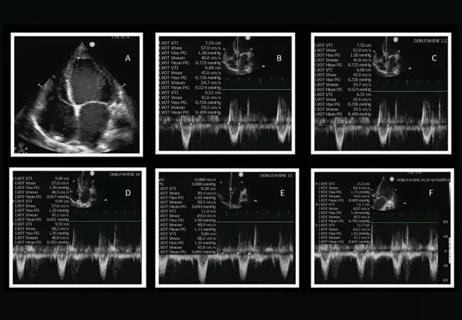
A recent case illustrates how timely and appropriate use of POCUS can provide benefits at all stages of the care path
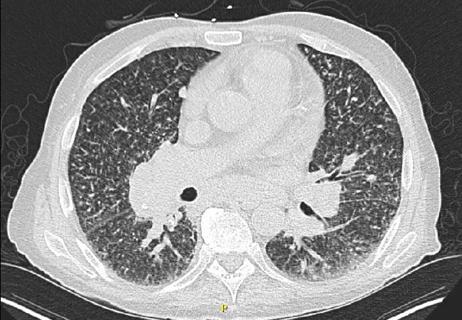
An inability to obtain a biopsy of the patient’s hilar lymphadenopathy due to severe PAH and severe hypoxemia made diagnosis verification challenging
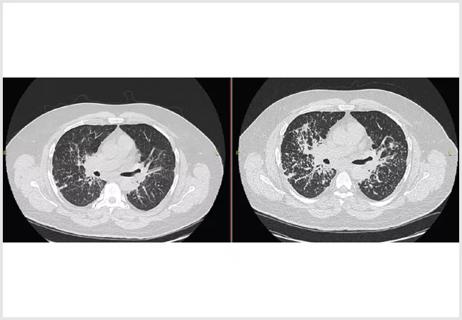
A multidisciplinary approach to treatment can be beneficial since other organs in addition to the lungs can be affected by the systemic disease

This case illustrates the importance of looking at the bigger picture when considering a patient’s respiratory symptoms.

Multidisciplinary treatment of rare and complex immunodeficiencies
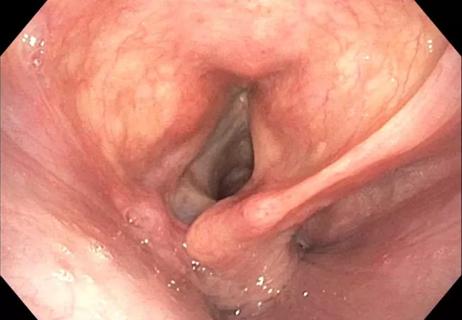
Ruling out a common diagnosis and identifying an elusive condition
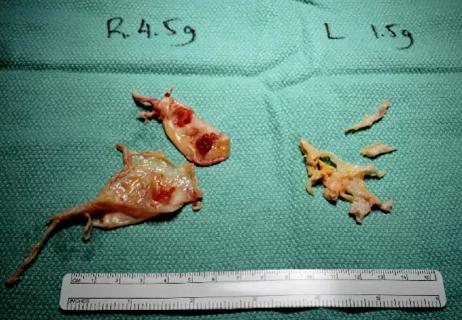
Pulmonary endarterectomy improves outcomes for many patients

Physicians present a case study, discuss clinical guidelines and the value of a multidisciplinary approach